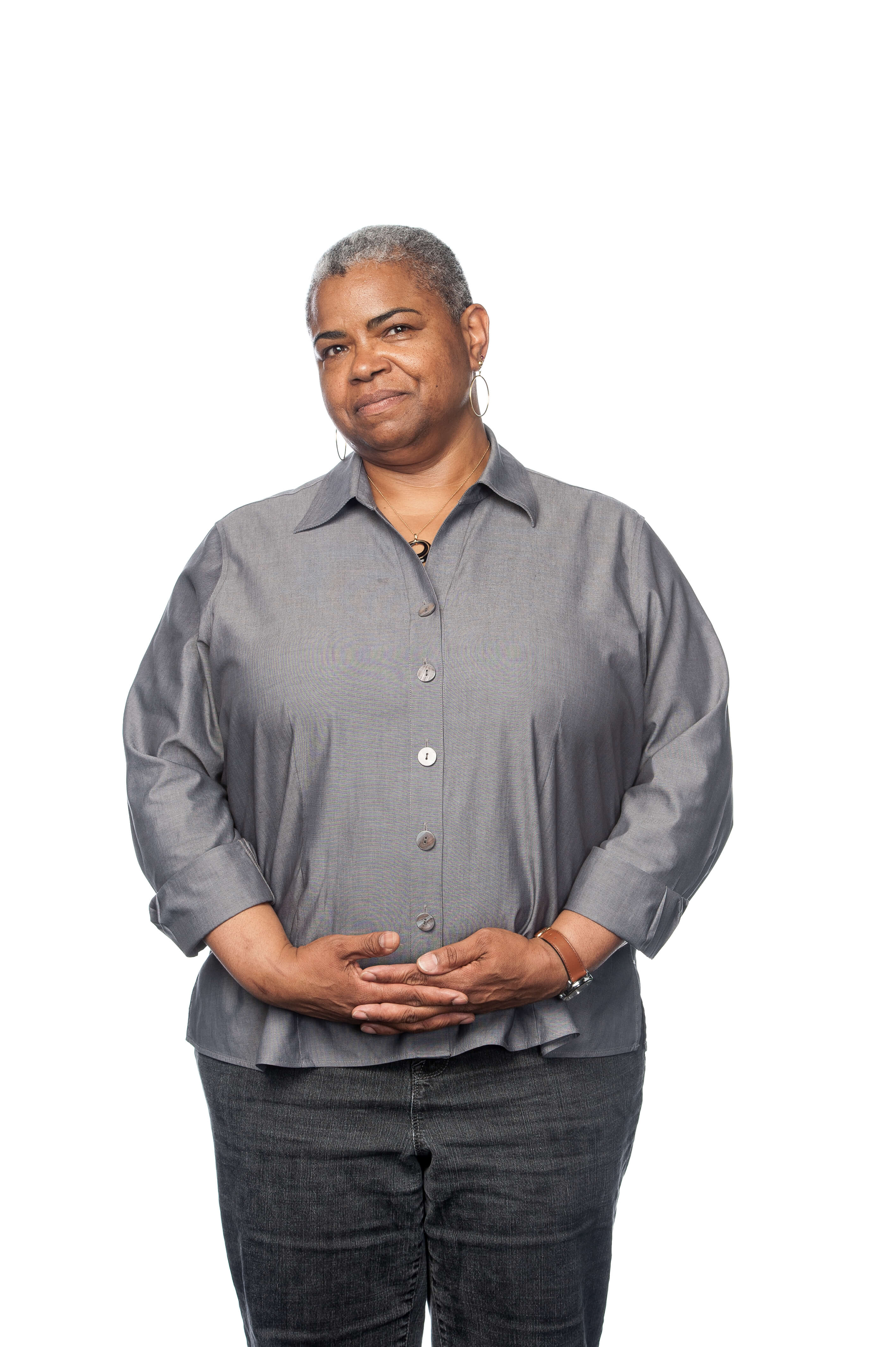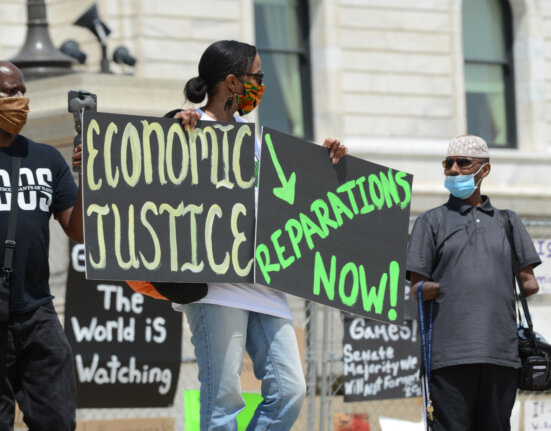Even if you did not know her personally, you should mourn Professor Leslie Brown, who passed away earlier this month. She was many wonderful things, among them an award-winning scholar in African American and women’s history whose first major work – Upbuilding Black Durham: Gender, Class, and Black Community Development in the Jim Crow South – is one of the best labor histories that I have read and still envy. Even as it evokes the work of wide-ranging scholars like Stephanie Shaw, Kevin Gaines, Darlene Clark Hine, Bettye Collier-Thomas, Joe William Trotter, Kimberly L. Phillips, John Sibley Butler, Evelyn Brooks Higginbotham, and Juliet E.K. Walker in the areas of black urban, women’s, and business history, Brown’s sumptuous African American community study of Durham, North Carolina between the end of the Civil War and the consolidation of the New Deal maintained a razor-sharp focus on working-class lives. In this respect, the book is an important forerunner to new wave labor histories like Talitha LeFlouria’s Chained in Silence: Black Women and Convict Labor in the New South, LaShawn Harris’s Sex Workers, Psychics, and Numbers Runners: Black Women in New York City’s Underground Economy, Marne Campbell’s Making Black Los Angeles: Class, Gender, and Community, 1850-1917, and forthcoming work by Keona Ervin and Sowandé Mustakeem.
Brown’s central theme here was “upbuilding,” or the social and economic development of black families, organizations and institutions under southern segregation. Equally critical to her study was a compelling analysis of how Jim Crow affected black Durhamites differently by gender and class, causing tensions among African Americans even as they struggled together against white supremacy. Like similar communities seeking to remake themselves as commercial and industrial hubs of the “New South,” Durham was a place where white civic elites’ emphasis on interracial “cooperation” and “goodwill” muted the brutality of black economic and political subordination. Lacking both an antebellum heritage and an established “colored” aristocracy, this upper South town provided a setting in which African Americans measured their status not through white physical features or their distance from slavery, but rather through economic enterprise and property accumulation. The most impressive result of this climate was the creation of the North Carolina Mutual Life Insurance Company, in its prime the world’s largest black business. Protective of their gains, and mindful of white mob violence against black success in Wilmington, North Carolina, Durham’s black male leaders constructed a cautious, conservative paradigm of politics, going so far as to thwart African American initiatives over which they held no direct control.
The hegemony of this old guard began to wither in the 1930s amid the tumult of the Great Depression, and the consolidation of an “upstart” alliance among tobacco workers, schoolteachers, and a younger generation of middle-class male professionals who openly challenged Jim Crow. In fact, as Brow vividly illustrated, the stewardship of the city’s black community was fiercely contested almost from its origins in the nineteenth century. Racial apartheid, she argued, “created a world where the city’s African Americans had to unite in self-protection and self-interest, but as their differing needs and perspectives emerged, they formed into groups ever more clearly demarcated by class and gender norms.” (p. 107) Paradoxically, “the interrelated structures of gender, class, and, over time, generaton cast relationships, forged alliances, and fostered alienation among African Americans, creating interconnected, disjointed, and even contradictory relations between women and men and among the black working, middle, and elite classes, migrants and settlers, conservative elders and radical upstarts.” (p. 16) The book offered an impressively complex interpretation of the dynamics of class among African Americans, sublimely capturing the fluid, elastic character of class stratification, as well as the ambivalent, contradictory relationships it fostered within emerging black urban publics. Brown skillfully wove a narrative in which African American leaders from disparate walks of life leveraged their dependence on whites to exercise autonomy, engaged in rituals of both self-assertion and accommodation, alternated between maintaining the “welfare of the Negro” and pressing for black freedom, and interacted with each other with a mixture of mutuality and antagonism.
For instance, a shared culture of respectability simultaneously united and divided black Durhamites, as middle-class and elite African Americans distanced themselves from their working-class “inferiors”— most stridently from laboring women, who many blamed for the dissolute habits and degradation of the “masses.” As Brown demonstrated, gender loomed large in the class-bound languages and practices of black racial uplift: African American elites equated self-determination with the unfettered exercise of manhood, in particular the ability to shield wives and daughters from the humiliations and sexual vagaries of paid labor under Jim Crow. But the protection afforded by black patriarchy was double-edged in that it reified black Durham as home to both “the wealthiest black men in the United States” and “some of the poorest African American women in the state of North Carolina.” (p. 16)
Centering black women in the narrative of African American migration, proletarianization, and community building was by far Brown’s most significant intervention. Not only did women disproportionately shoulder the deprivations and dangers of racial oppression, but they also constituted the bulk of black in-migration to Durham and dominated the laboring force of the town’s vital tobacco industry. Further, through church auxiliaries, missionary societies, women’s club affiliates, and later, labor unions and the National Association for the Advancement of Colored People (NAACP), they were the key patrons and promoters of the city’s black commercial, health and educational institutions. These initiatives, rooted in family and kin networks, reflected holistic communal concerns that formed a catalyst in black Durhamites’ shift from the Republican to the Democratic Party.

Upbuilding Black Durham is a model of how to pursue a revised, expanded labor history through a deep engagement with multiple social identities. At the risk of presentism, I would argue that this multilayered approach has meaning for the internal dynamics characterizing “Black Lives Matter” mobilization and organizing. At its best, this activism dramatizes how we might imagine and craft a transformative politics grounded in the simultaneous standpoints of gender, race, class, and sexuality. Brown’s framework also illustrated the democratic possibilities we can miss when we narrow our definitions of racial and class interests.
I’m regretting that I had not seen Leslie in some time, and I’m going to miss crossing paths with her at meetings of the Organization of American Historians and similar yearly professional gatherings. But I am grateful that she has left us, among many other legacies, this exquisite book. Read it if you haven’t; re-read it if you have. If you teach, assign it to your students. And don’t forget to marvel at what she accomplished in this work.







